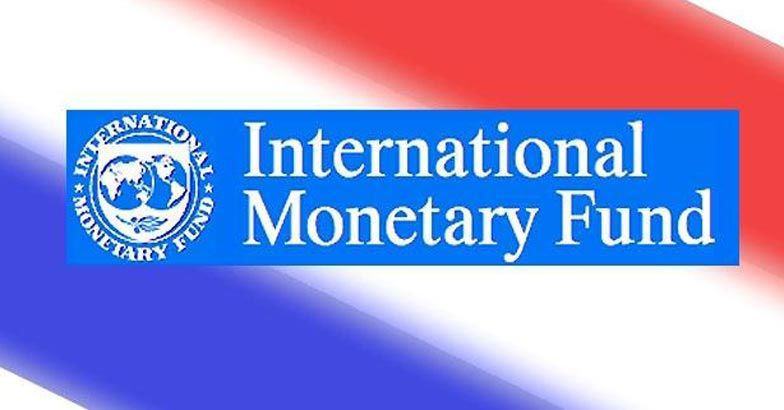Sri Lanka’s 2021 economic growth projection has been downgraded to 3.6 percent by the International Monetary Fund in its latest economic outlook from an earlier 4.0 percent, while global growth has also been lowered slightly.
World output has been lowered to 5.9 percent from 6.0 percent in a July projection.
“This modest headline revision, however, masks large downgrades for some countries,” Gita Gopinath, the IMF chief economist said.
“The outlook for the low-income developing country group has darkened considerably due to worsening pandemic
dynamics.
“The downgrade also reflects more difficult near-term prospects for the advanced economy group, in part due to supply disruptions.”
The forecast for emerging markets has been increased to 6.4 percent from 6.3 percent.
Advanced economies have been downgraded by 0.4 percent to 5.2 percent with the US at 6.0 percent (down 1.0 percent) but Euro areas have been upgraded by 0.4 percent to 5.0 percent.
The US Federal Reserve is also firing commodity bubble by printing large volumes of money amid a recovery in credit, driving up broad money. IMF said projections for some commodity exporters have been upgraded on the back of rising commodity prices.
Aggregate Demand Bubble
Gopinath said there were supply disruptions, where the pandemic played a part with shipping.
She said the recovery was unusual and not seen in the past.
“There are labour shortages and unemployment at the same time,” Gopinath said.
Critics say economic disruptions are one outcome of firing indiscriminate aggregate demand bubbles also known as the Keynesian stimulus.
Nobelist Friederick Hayek had explained how it happens.
“Just as there cannot be a uniform price for all kinds of labour, an equality of demand and supply for labour, in general, cannot be secured by managing aggregate demand,” he wrote.
“The volume of employment depends on the correspondence of demand and supply in each sector of the economy, therefore on the wage structure and demand between the sector.”
Eventually, higher unemployment is the result.
Social Unrest
The Fed has in the past created unrest across the world by firing commodity bubbles, particularly with food prices.
Gopinath said at the moment growth projections were high and there were no signs of stagflation but inflation risks were there.
“On the other hand, these supply shortages, alongside the release of pent-up demand and the rebound in commodity prices, have caused consumer price inflation to increase rapidly in, for example, the United States, Germany, and many emerging markets and developing economies,” she said.
“Food prices have increased the most in low-income countries where food insecurity is most acute, adding to the burdens of poorer households and raising the risk of social unrest.”
The Fed has claimed that inflation is ‘transitory’ while classical economists have said US inflation can go up as much as 9.0 percent and that Fed Chief Jerome Powell is ‘delusional’.
US money supply data (Divisia M4) calculated by the New York-based Centre for Financial Stability has raised red flags for many classical economists.
Sri Lanka is seeing the effects of the Powell bubble on energy and food prices while the country’s peg with the US dollar has also broken amplifying its effects.
“Monetary policy will need to walk a fine line between tackling inflation and financial risks and supporting the economic recovery,” Gopinath said.
“We project, amid high uncertainty, that headline inflation will likely return to pre-pandemic levels by mid-2022 for the group of advanced economies and emerging and developing economies.
“While monetary policy can generally look through transitory increases in inflation, central banks should be prepared to act quickly if the risks of rising inflation expectations become more material in this uncharted recovery.
“Central banks should chart contingent actions, announce clear triggers, and act in line with that communication.”





